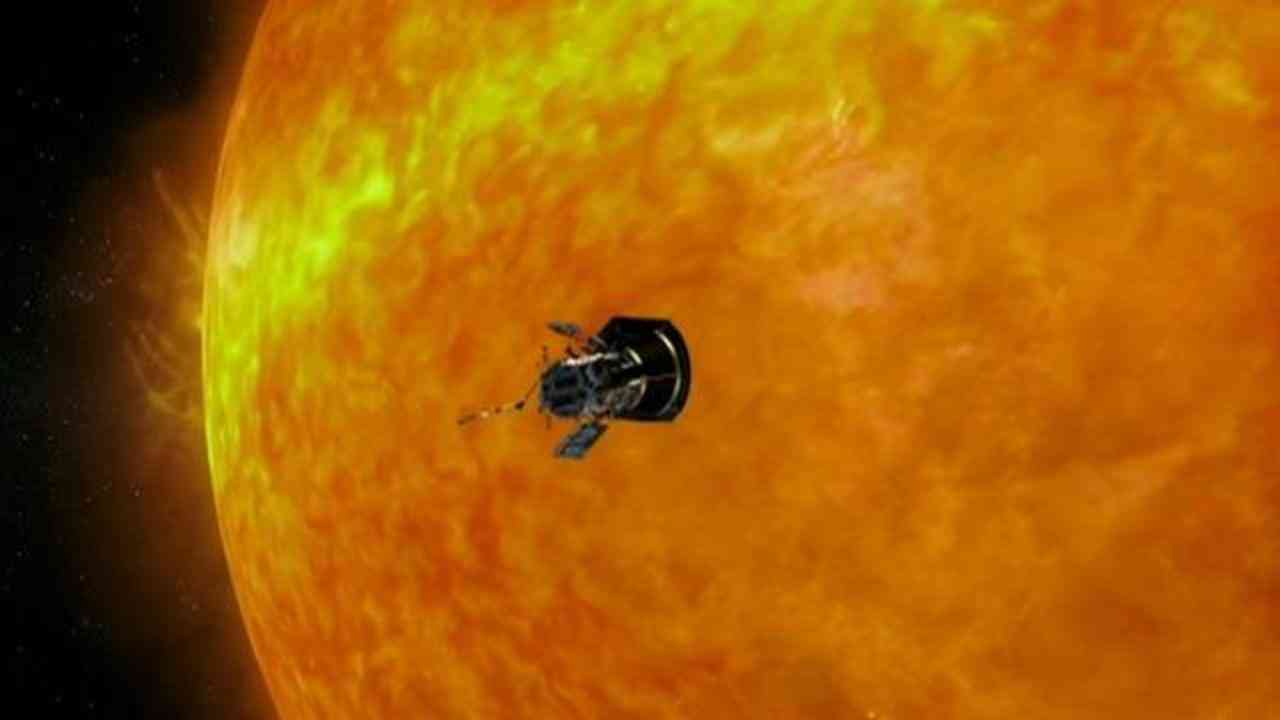On January 4, 2023, Earth will reach its closest point to the Sun—a moment known as “perihelion”. During this event, the gravitational pull of the Sun and other planets cause Earth to draw nearer to the star at its center. This phenomenon is not a new one; it has been happening since the beginning of our solar system’s formation. However, it is very rarely observed due to its relatively short duration. In this article, we’ll explore how perihelion works and why it is so important for understanding our planet and its environment.
What is Perihelion?
“Perihelion” is an astronomical term that refers to the point in the orbit of a planet or other body where it is closest to the sun. The word comes from the Greek peri-, meaning “around or near,” and helios, meaning “sun.”
Our planet’s orbit is elliptical, so it moves closer to and then farther away from the sun during the course of a year. As a result, we experience slightly warmer temperatures during our winter months (December through February in the Northern Hemisphere) when Earth is closer to the sun.
The differences in temperature between aphelion (when Earth is farthest from the sun) and perihelion are actually quite small – typically less than one degree Celsius. But over long periods of time, they can have a significant impact on our climate. For example, scientists believe that slight changes in Earth’s orbital parameters (known as Milankovitch cycles) are responsible for triggering ice ages.
Earth’s orbit and distance from the sun
As the Earth orbits the sun, it goes through different phases. In January, the Earth is in its perihelion, which is when it is closest to the sun. The average distance from the sun to the Earth is 93 million miles, but during perihelion, the Earth is only 91 million miles away from the sun. This might not seem like a big difference, but it actually makes a big impact on our planet.
During perihelion, the Earth’s orbit brings it about 3 million miles closer to the sun than at any other time of year. This extra proximity means that the Earth receives more sunlight than usual. As a result, January is usually one of the warmest months of the year in most parts of the world. In fact, many places experience higher temperatures during perihelion than they do during summer!
While perihelion might sound like a great time for a vacation, there are also some drawbacks. The increased sunlight can cause more evaporation, leading to drier conditions and more wildfires. Additionally, because there is more daylight during perihelion, some people find it harder to sleep at night.
Whether you love or hate perihelion, there’s no denying that it has a big impact on our planet. So next time you’re feeling extra warm in January, remember that it’s not just your imagination – it’s actually due to Earth’s orbit!
The effects of Perihelion
As the Earth moves around the sun, its distance from the sun varies. It is closest to the sun (called perihelion) in early January and farthest from the sun (called aphelion) in early July. This difference in distance affects how much sunlight the Earth receives.
At perihelion, the Earth is about 3 million miles (5 million km) closer to the sun than at aphelion. This may not seem like much, but it actually makes a big difference in the amount of sunlight we receive. The extra sunshine gives us about 7% more daylight hours and raises our average temperatures by about 2°F (1°C).
The change in distance also affects how long it takes for seasonal changes to happen. For example, spring arrives about a week earlier at perihelion than at aphelion. This is because the extra warmth of perihelion speeds up the Earth’s climate cycles.
So, while you may not notice any immediate difference when the Earth reaches perihelion, there are actually some subtle changes happening all around us!
Conclusion
On January 4, 2023 Earth will reach the point of its orbit closest to the Sun. This phenomenon, known as perihelion, marks a unique opportunity for earth observation and scientific exploration. Scientists from across the world are gearing up to study this event and its effects on our planet and beyond. Now is an exciting time to observe our Solar System in action!
Earth at Perihelion 2023 Live Streaming: Where and How To Watch
On January 4, at various times based on local time zones, the Earth will be closest to the sun. In India, this will occur around 8.50 IST. This link provides a live stream of the view of Earth from space at this time.


















